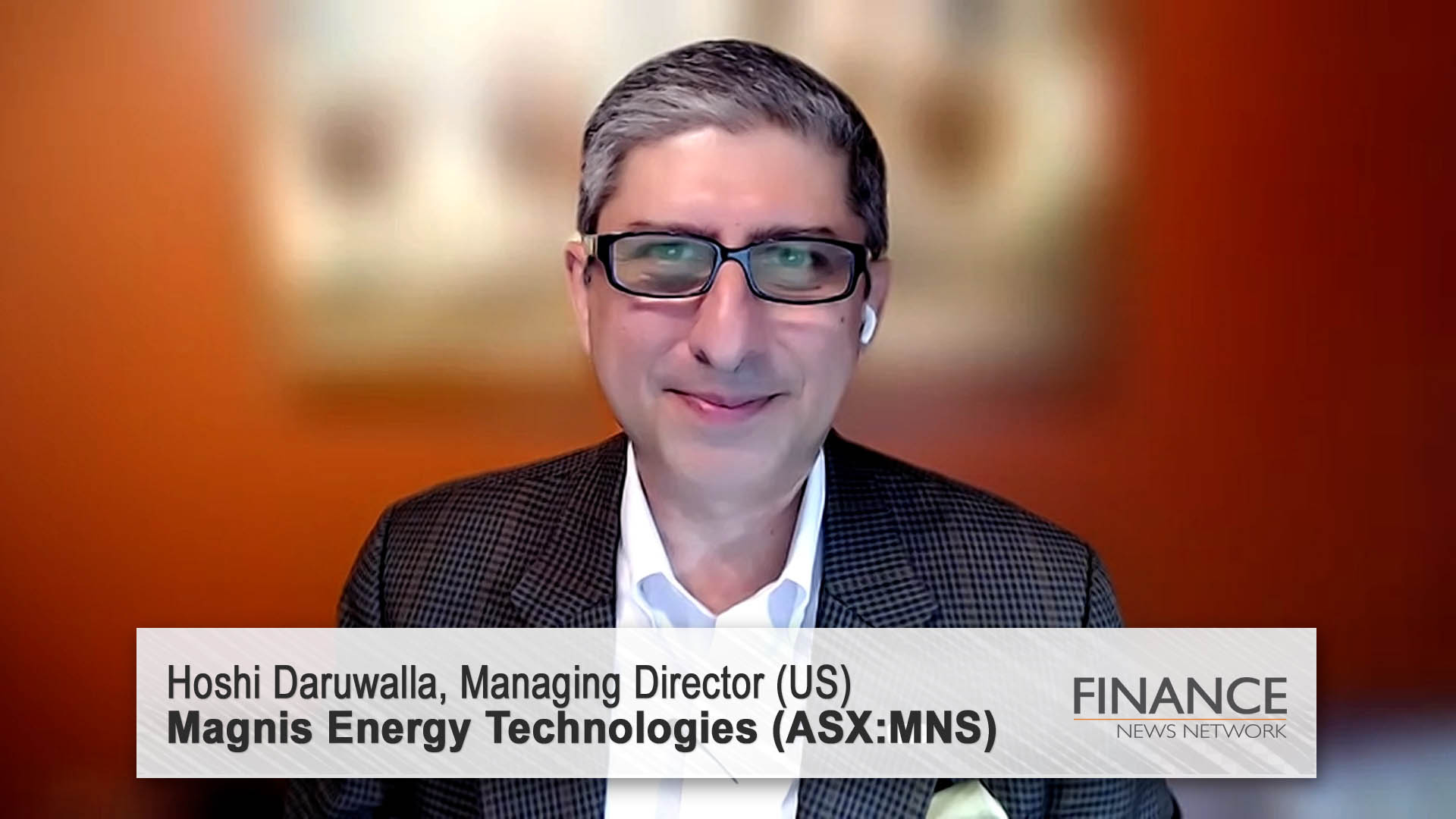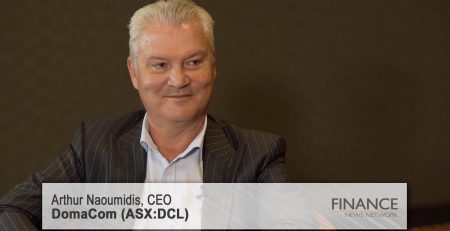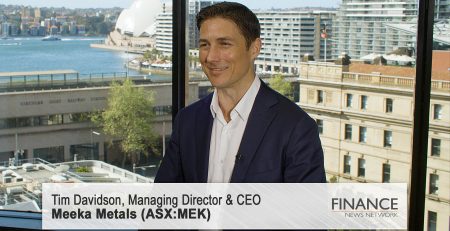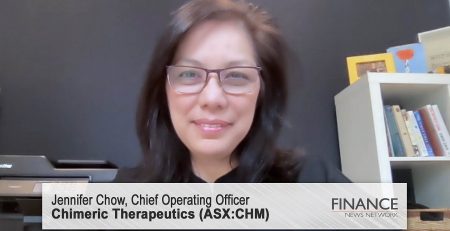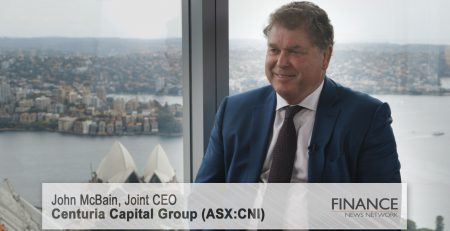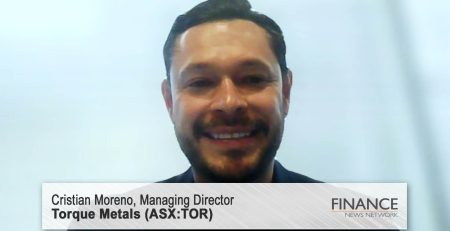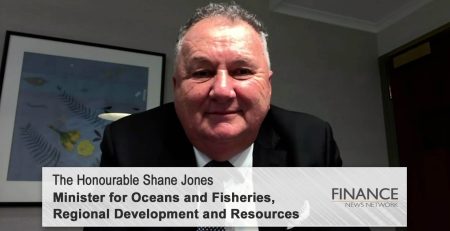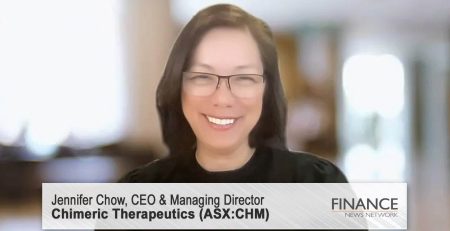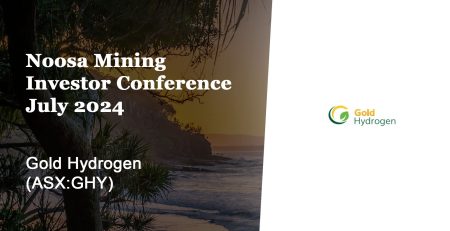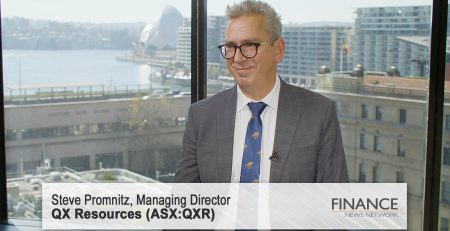Magnis Energy Technologies (ASX:MNS) receives lithium-ion battery certification
Magnis Energy Technologies Limited (ASX:MNS) Managing Director (US) Hoshi Daruwalla discusses the UN/DOT 38.3 certification awarded to lithium-ion batteries produced at the IM3NY battery plant.
Paul Sanger: We're talking today with Magnis Energy Technologies (ASX:MNS). If you don't know the company, ASX code "MNS". Magnis has a market cap of around $180m. Magnis is a vertically-integrated lithium-ion battery technology and materials company with strategic assets, investments and partnerships in the electrification supply chain. The company's US-based subsidiary iM3NY operates a gigawatt-scale lithium-ion battery manufacturing project in Endicott, New York. We're joined today by Hoshi Daruwalla, who is the company's US-based Managing Director. Hoshi, welcome.
Hoshi Daruwalla: Thank you, Paul. Thank you for your time. It's a pleasure to speak with you. Before we start, Paul, I'd like to acknowledge and thank our loyal Magnis shareholders, who have been with Magnis on this journey of ours. Thank you.
Paul Sanger: Hoshi, I've got a few questions today, so let's start. You only recently joined the Magnis team, so let's start by talking about yourself, your background and, more importantly, what attracted you to Magnis.
Hoshi Daruwalla: Excellent. I'm a manufacturing engineer by training. At heart, I'm a business optimiser. I've scaled and grown businesses across a number of critical industries — nuclear, specialty chemical, biological, pharmaceutical, semiconductor, electronics, to name a few. I've been engaged in US national interest projects with the US Department of Defense, the Department of Energy, and I'm a US Department of Commerce- appointed board member for the state of Georgia Exports Council, where I mentor and guide Georgia businesses. I've been a part of multiple turnarounds, Paul, and successful exits. Companies I have run have received the US Presidential E Award and the E Star award, which you can look it up. It's pretty significant on our side of the world here. And that's pretty much what I've done for two-plus decades.
I started my own management consultancy some years back. Businesses that I assisted in reaching to get to their goals reached out to me when I started that. One such company was one that I'd known for 20-plus years, who's currently the largest cathode manufacturer out of Korea. We helped them grow outside of Korea with engagements such as with SK Battery, Ford Motor Company. You've probably heard of the brand that we have called Ford F-150. So, during that time and while I was at EcoPro, I met the legend, Nobel Prize winner Dr Stanley Whittingham — Professor Whittingham, as we called him. And the iM3 team, the Magnis team. The company was at a time which was ready to get into the next phase of scale up and manufacturing. That's when I joined the Magnis board, back in January of 2021. So, I've been at Magnis as a Non-Executive Director for about a year and a half. Just recently, the Magnis board decided that I should step in deeper, I'm glad to help, and that's what I'm doing in the capacity that I am right now as the Managing Director of US.
Paul Sanger: iM3NY, in which Magnis owns a 61 per cent stake, recently announced that the lithium-ion batteries produced at the iM3 NY battery plant have received UN 38.3 certification. Can you talk us through the journey?
Hoshi Daruwalla: There's nothing trivial in manufacturing lithium-ion batteries. I have a very good friend at the Department of Energy, a DOE fellow and a team member who invented the NMC as they call it, nickel, manganese, cobalt material at Argonne National Laboratory. He has a saying which I frequently borrow: "In manufacturing any part of the lithium-ion cell or its components, it's as much an art as it is a science." So, as you know, there are five key components to a cell — there's the cathode, the anode, the separator, the electrolyte and the casing, but anybody who tells you that it's trivial, it's not right, let me assure you of that.
So lithium-ion batteries, as you know, have a variety of uses depending on the requirement. The iM3 cell is very unique in that it doesn't have nickel, which as you know, the price has shot up during the whole Russia and Ukraine situation a couple of years back, or cobalt, which we all know comes from the DRC, Democratic Republic of the Congo, with practices that are not industry-friendly or social-friendly. So, iM3 cells do not have nickel or cobalt. iM3 cells are not prone to what we call in the industry "thermal runaways". So, if you've seen photographs of electric vehicles catching fire and stuff like that, well that kind of stuff by design cannot happen in an iM3 cell. So, that is huge because, as you know, in an EV fire, it's no ordinary fire. It's 100,000 gallons of water, and it keeps reigniting and stuff, so that's huge. The iM3 cell is very energy dense, which we as engineers… I get called "dense" by my wife, so that's a different kind of dense, Paul. It's a different kind of chemistry and the cell form factor which allows to pack a punch. So, for the same footprint, you get more cells in the space, you get more energy density. So, by design the iM3 cell is a very interesting development, and as you know the pedigree comes from Stanley Whittingham himself.
Paul Sanger: And can you enlighten on the significance of what battery certification means for iM3 New York and Magnis?
Hoshi Daruwalla: The significance of 38.3 UN and US DOT certification is scale. Now, to get from a lab scale, which is the size of our thumbnail, Paul, is the material that is created in a lab for lithium-ion battery materials — to go from a lab scale to a bench scale, which is a few kilograms, a handful of materials, to a pilot scale and then to a commercial scale, it's something that we need to celebrate. And iM3 is there. So, the accomplishment of UN 38.3, which now the cells can be transported by land, sea and air is a huge accomplishment for iM3 production-grade cells, because the cells have to be production grade, they're traced to a batch, it's a very judicious test. And very proud to say that iM3 has passed that compliance now.
Paul Sanger: Hoshi, it's clear there's a lot going on at Magnis at present. Can you give us an update on the anode active material project, where you are today, including the status of the site selection and what investors should be looking out for the next six to 12 months?
Hoshi Daruwalla: Paul, I'm laughing because when you say there's a lot going on, that's like me saying there's a long wall in China. So, let's take a step back. I told you all about the iM3 journey. Now, we have an interesting next step that's ahead of us, now that we have the production and the process working, we now have to focus on QC, we have to focus on yields, because there are companies like SK, LG who have been doing this for 20 years, and they take more than two years to get a plant tuned to produce commercial product. And, again, now our next focus is we have to get into the QC, the yields, the traceability, because why? Because it's our reputation that's at stake, and we can't risk it. So, that's the next step that's going on at iM3.
On the anode side, we have some large key decisions that we are making. Our focus in the US is mainly getting all Magnis projects to fruition. There's some very tight deadlines. Let me explain to you how much of a challenge this is so you can appreciate that. So, the size of the plant that we have set out to build in itself is huge. So, to put things in perspective as to the smallest size, our phase one plant that we are bringing to market is enough to supply a 20 gigawatt hour lithium-ion battery manufacturing. So, what does that mean to us? A few minutes from where I sit here is a 20 gigawatt hour SK battery gigafactory. And it's huge. If you drive down the interstate, it takes you a couple of miles before you can finish the whole plant. The plant that Magnis is building for the anode material, just the first phase, is going to be enough to supply a plant of that size. So, to make an anode plant of that size, you require power requirements of that kind of magnitude. A typical nuclear power plant, which we used to work on, is about 1.200 megawatts. Well, the consumption of an anode manufacturing facility to supply to a 20 gigawatt hour lithium plant is about a third of that nuclear power plant size. So, it's not a small feat to find a location who has the power requirement, who has the 60 to 70 foot high ceilings, has the footprint for the safety and for the recycling of the water and the renewable energy that we want to use to make this a project that we are all proud of. So, it takes some doing to get that.
Let's add more complexity to this. We have the good fortune of a tier one EV manufacturer who wants to buy at the end of our journey here. Well, that means Magnis is going to build the commercial plant in parallel with the pilot plant. What that means is we have to make decisions real-time without having the luxury of waiting for the pilot plant to be completed, finetuning it, making sure everything lines up. So, what does that translate to? That translates to there's going to be a lot of learnings, there's going to be a lot of hard learnings, there's going to be a lot of soft learnings.
The good news is, as I always believe, you don't have to tackle all the difficult things yourself. We have a phenomenal team. We are relying on excellent engineers who have done these kinds of projects before, large companies and small, individuals who have done this before, and we've pulled together what we are calling a technical advisory council. And we are taking all the learnings from that to make sure that the foot we put forward, we don't have the luxury of adjusting our stance, so we want to make sure that the first foot and the first connect is definitely a six, and it's out of the stadium.
Paul Sanger: Hoshi, it's been an absolute pleasure speaking with you today. Many thanks for taking the time. Clearly, a lot going on at Magnis, and we look forward to speaking with you probably in the near future. Thank you, Hoshi.
Hoshi Daruwalla: Thank you, Paul.
Ends
Copyright 2023 – Finance News Network
Source: Finance News Network

